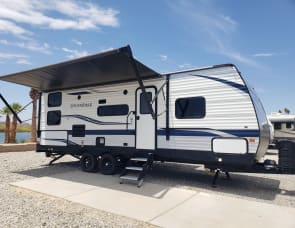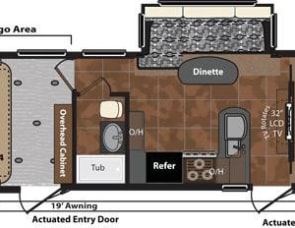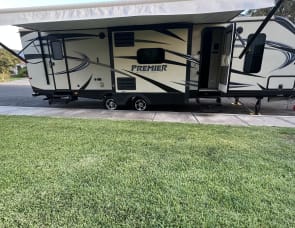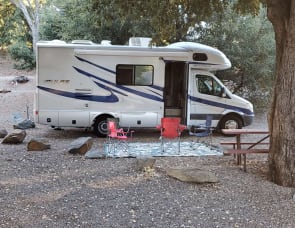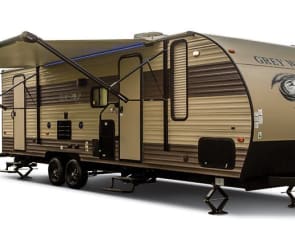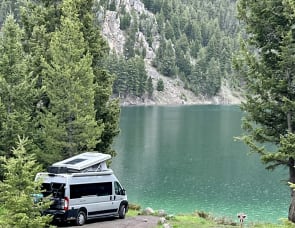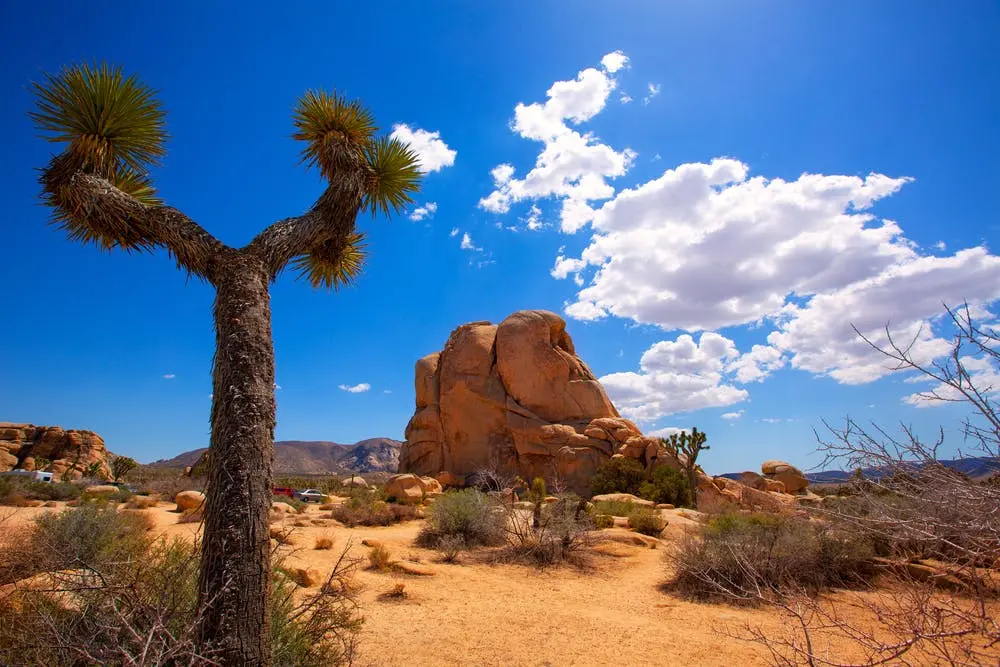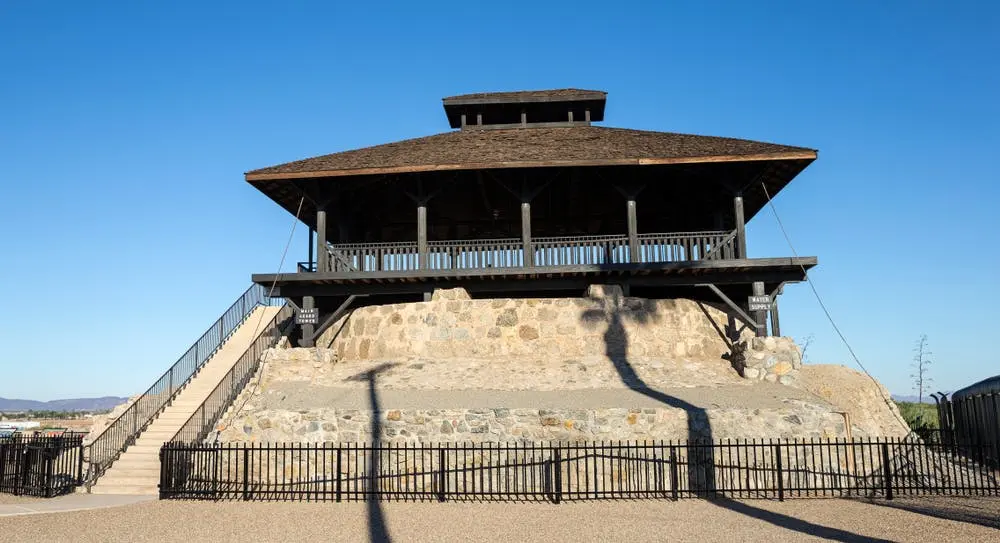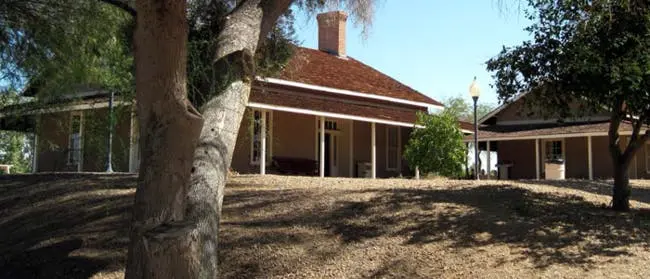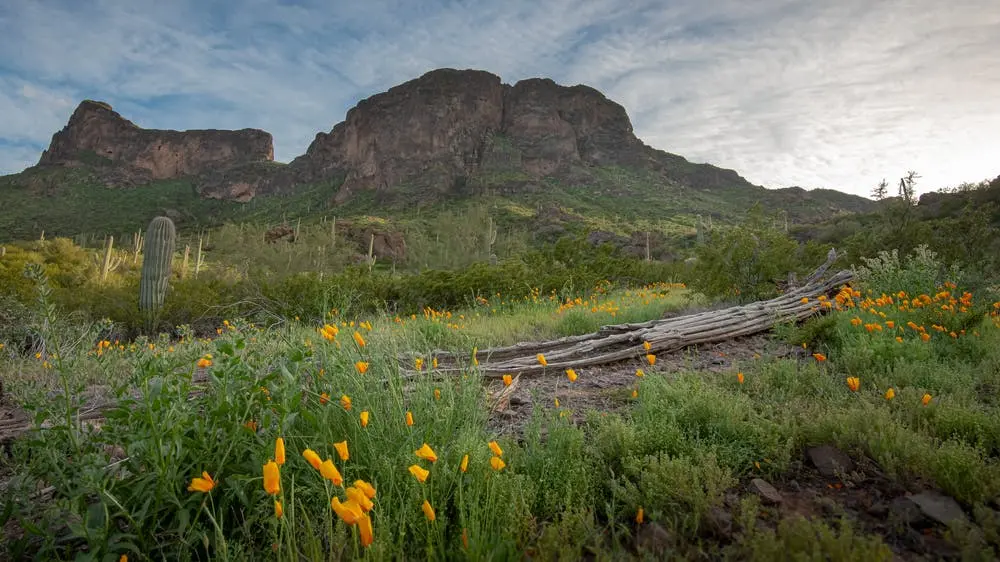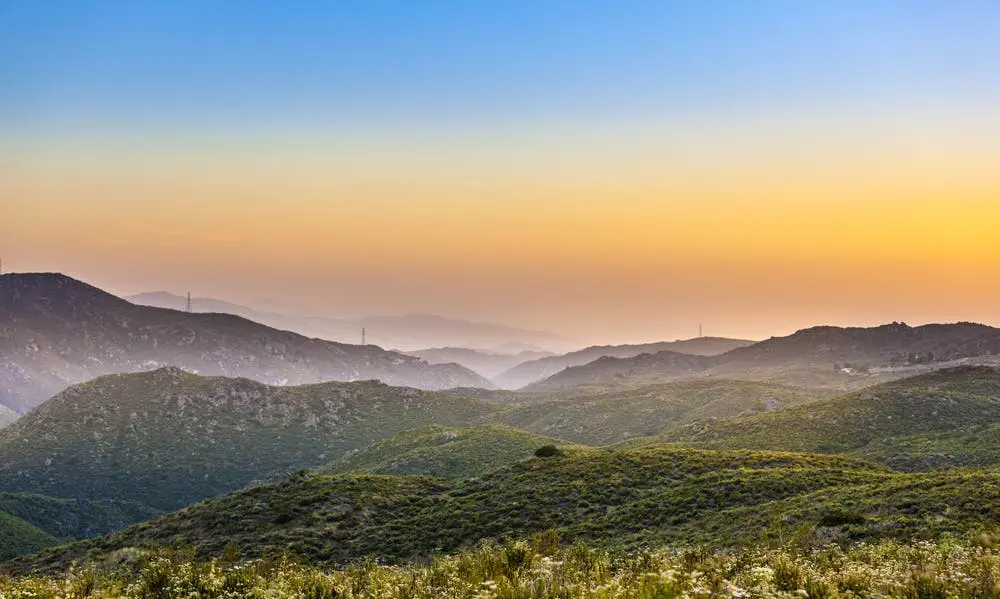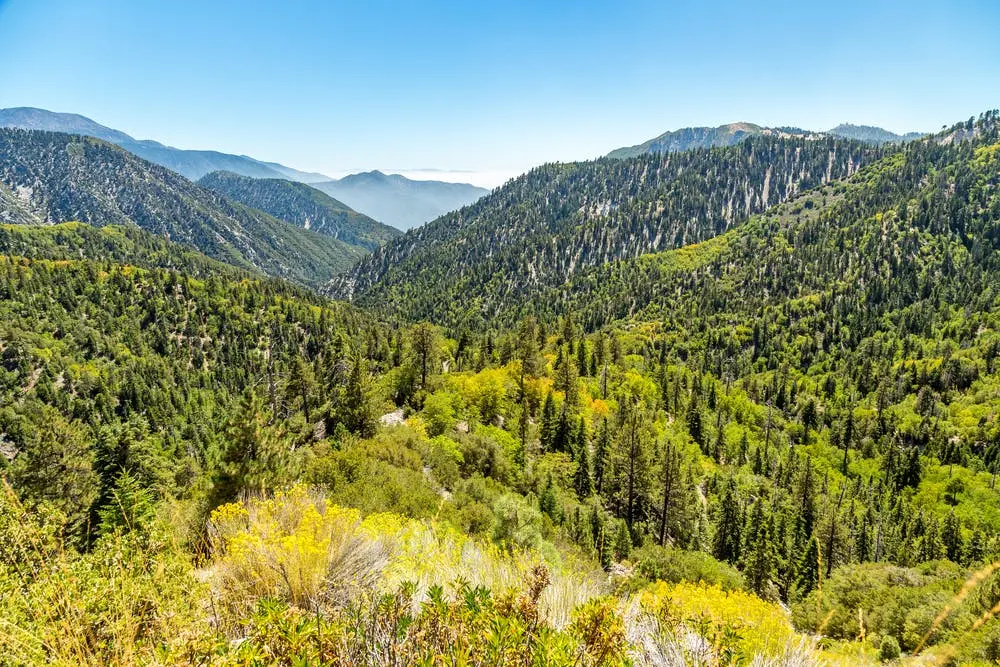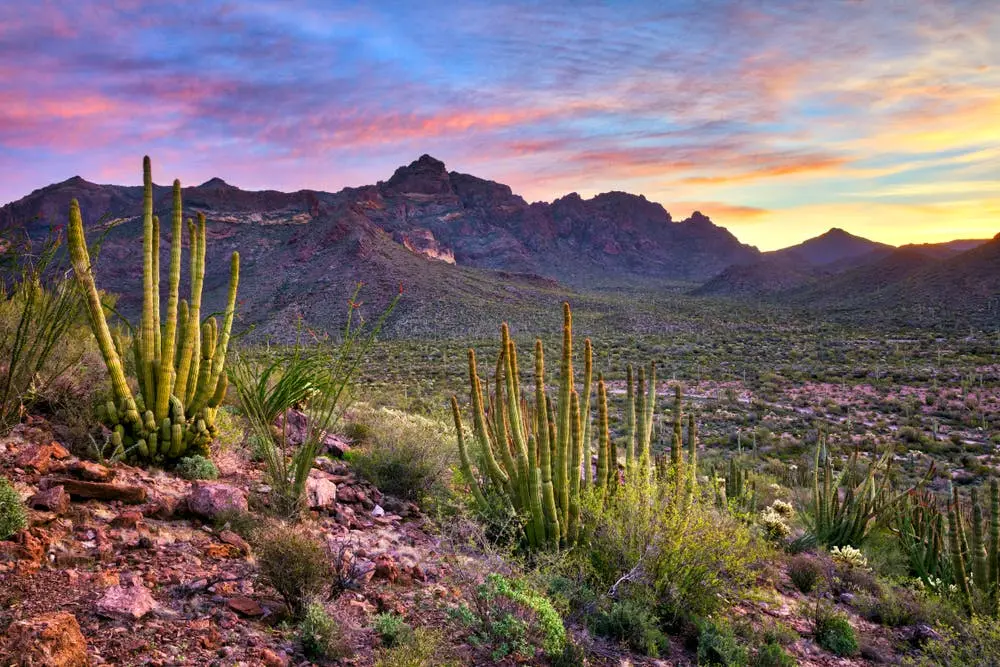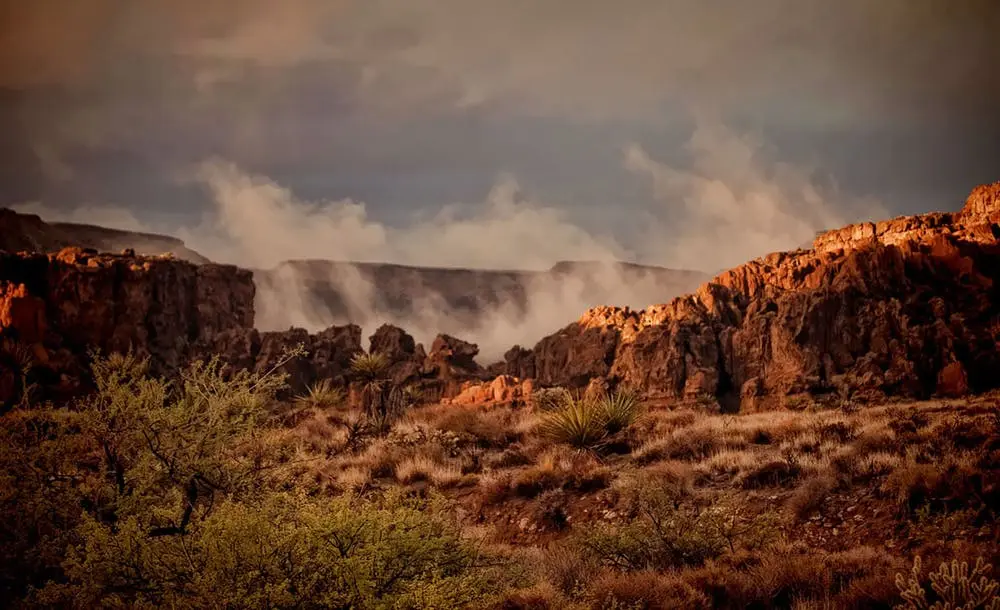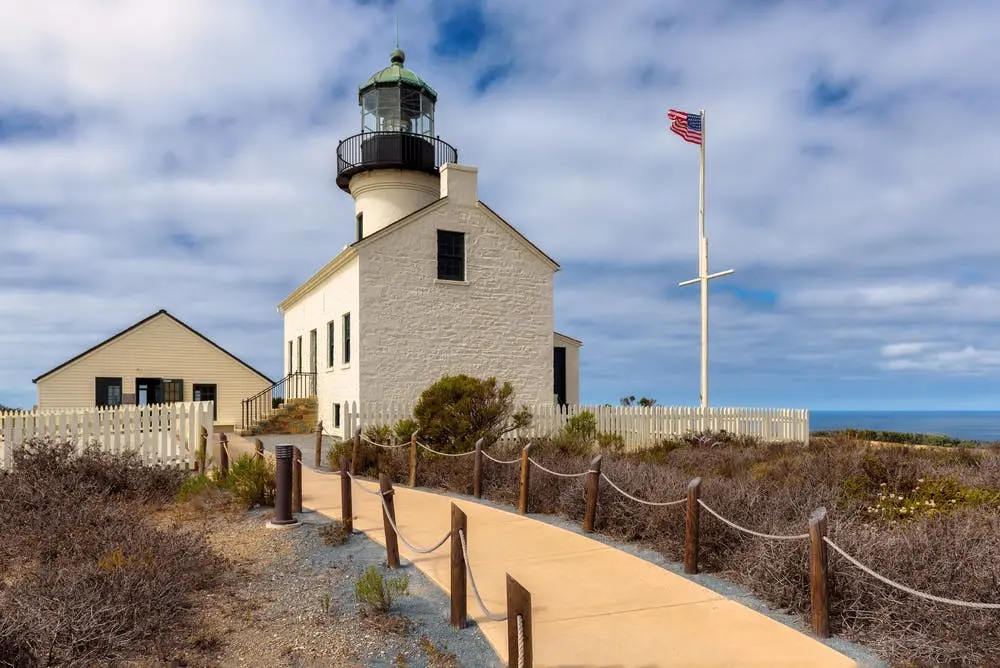RV Rental Yuma, AZ
Top Motorhome RV Rentals
Top Camper Van RV Rentals
Top Travel Trailer RV Rentals
Pet Friendly RV Rentals in Yuma, AZ
RV Rentals near Yuma, AZ



Explore Yuma, Arizona in an RVshare RV Rental
The first settlers arrived in Yuma in the 1540s. During their exploration of the area, the settlers also came across Native Americans and called them Yumas, Spanish for smoke, because smoke from their cooking fires clouded the region. Father Eusebio Kino arrived in the region in the following century to develop missions and conduct further exploratory expeditions, which led to the mapping out of many areas, including Yuma, in the maps of New Spain. The location was under Mexico's administration later in the 1780s when it finally received its independence.
Over the years, more and more people came to work in the region’s bustling mine industry. The U.S. army raided strategic northern areas, forcing Mexico to surrender large territories, including a massive part of Arizona. The army established Fort Yuma in 1852 on Indian Hill. Later, they decided to use the area as a distribution point, with the U.S. Army Quartermaster Depot acting as the center of operations. The area received its first stage road in 1857 and was first incorporated in 1871 as Arizona City. Its name was later changed back to Yuma in 1873.
The city has undergone immense growth to be where it is today. Yuma currently covers about 120 square miles with about 97,300 residents. While in Yuma, stop and visit Gateway Park or West Westlands Park. Also, take in the tastes of the city's many world-class restaurants, retail centers, and entertainment venues.
Events Near Yuma, Arizona
Spirit of Yuma Feast – Join other thousands of people at this annual January event to celebrate Yuma's heritage, beautiful places, food, and music.
Yuma River Daze – Time your visit in February to have fun at this festive occasion. Guests from all parts of the world attend this event to enjoy a full day of live music, and local food and drinks.
Tacos and Tunes Music Festival – Have fun at this upcoming event, considered one of the region's largest food and entertainment events. It takes place in September every year.
Best National Parks Near Yuma, AZ
The closest national park to Yuma, Joshua Tree National Park, is about 150 miles away. Challenge yourself by hiking some of the various trails traversing the park, such as the one-mile Hidden Valley Nature Trail. You can also have a relaxing meal at the Hidden Valley Picnic Area, surrounded by vast boulders, cacti, and Joshua trees.
Saguaro National Park sits approximately 225 miles from Yuma. Carry a good camera to take photos of the park's numerous Saguaro cactus plants. For an unforgettable adventure, walk to the top of Wassen Peak to get stunning views of the park. You will meet a variety of wildlife creatures, including kangaroo rats, horned lizards, and roadrunners.
Drive 343 miles outside of Yuma to find the world-famous Grand Canyon National Park. The park’s Geo Glimpse program offers visitors the opportunity to learn more about the geological history of the canyons. The Canyon Rim Trail is great for hiking. Guests can also take advantage of the section of the Colorado River flowing through the park to engage in swimming and canoeing. You can depart the park on a train in the evening via the Grand Canyon Railway.
Popular State Parks Near Yuma, AZ
Yuma Territorial Prison State Historic Park was a working prison back in the 1880s. You can take a self-guided tour through the prison blocks to see inmate rooms, solitary chambers, and dining sections. There is a picnic area with lush vegetation where you can take a break to enjoy a meal. Don't forget to visit this park's 3,600-square-foot museum to check out the exhibits, gift shop, and murals.
Yuma Quartermaster Depot State Historic Park is near the Colorado River in Arizona. This park has a museum filled with fascinating artifacts and exhibits telling its history. Picnic tables are distributed all over to give guests a memorable picnicking experience. You can also take time to hike the various trails scattered throughout the park.
Situated along the California and Arizona border is Picacho State Recreation Area. There, you can enjoy boating, canoeing, kayaking, and fishing on the Colorado River. Hike the Stamp Mill Trail or the Red Rock Canyon Trail to stretch your legs. You can extend your stay beyond sunrise to gaze at the skies.
National Forests Near Yuma, AZ
Must-see Monuments and Landmarks Near Yuma, AZ
Drive to Organ Pipe Cactus National Monument, where you can hike area trails, explore the Visitors Center, and view various wildlife species.
Mojave National Preserve is another beautiful place to visit near Yuma, Arizona. This landmark is a mysterious region comprising abandoned homesteads, non-operational mines, and unique dunes.
Another option to explore during your RV travels in Yuma is the Point Loma Peninsula which houses the famous Cabrillo National Monument. Its landmark commemorates the arrival of Juan Rodriguez Cabrillo in San Diego in 1542.
RVshare’s Top Picks for Nearby RV Parks & Campgrounds
RVshare's best pick for an RV park near Yuma is Gila Mountain RV Park, which has 300 RV sites, a hot tub, a swimming pool, and shuffleboard courts. This place has friendly staff and costs $30 per day. Desert Paradise RV Resort is another high-end facility featuring Wi-Fi, a laundry room, and a great location with nearby shopping. Prices start at $41. Another great RV park near Yuma is Foothill Village RV Resort, which charges between $39 and $41 per day. It has clean, good-sized camping sites and an on-site general retail store.
RV Rentals Near Yuma, AZ
Frequently Asked Questions About Renting an RV Near Yuma, AZ
How much does it cost to rent an RV in Yuma?Motorhomes are divided into Class A, B, and C vehicles. On average expect to pay $185 per night for Class A, $149 per night for Class B and $179 per night for Class C. Towable RVs include 5th Wheel, Travel Trailers, Popups, and Toy Hauler. On average, in Yuma, AZ, the 5th Wheel trailer starts at $70 per night. Pricing for the Travel Trailer begins at $60 per night, and the Popup Trailer starts at $65 per night.
Do you need to be a certain age to rent an RV in Yuma?Yes. The minimum age is 25 to be eligible to get an RV Rental in Yuma from RVshare.
Does RVshare have emergency roadside assistance?Yes. Every RV rental booked through RVshare receives 24/7 emergency roadside assistance.
Does RVshare offer one way RV rentals in Yuma?Yes. Prior to renting any RV, check with the owner since not all will offer this particular option.

